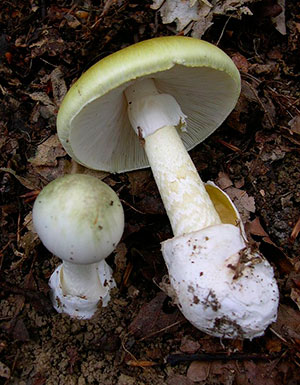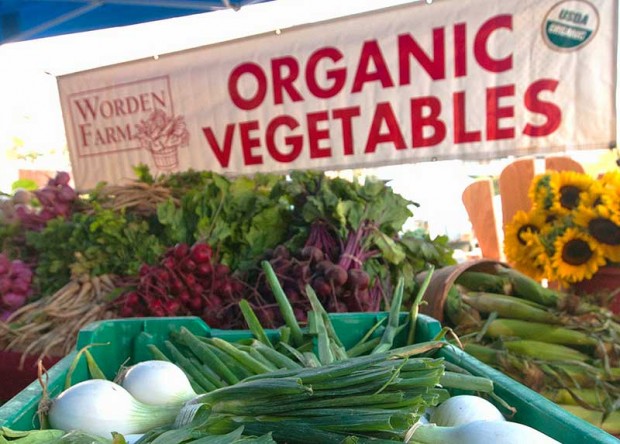When is the best time to trim back my grapevines? And how far can I prune them back? They are on an arbor and have grown very thick. They did not produce much fruit last year.
The best time to trim back any grapevine is roughly March to early April. The object is to minimize sap bleeding from pruning cuts. Sap is what feeds the new growth that will produce your fruit. Grapes are borne on new growth that arises from last year’s wood. Once the sap begins to run, the bleeding from pruning cuts is difficult to stop.
It appears your vines need thinning, as evidenced by their thick growth and lack of fruit. Grapevines are very long-lived. The permanent stems, or “rods,” can become very thick and aesthetically gnarled. However, they can still produce strong new fruit-bearing shoots. The key is to restrict the vegetative growth so that fewer but finer bunches of grapes are produced.
Depending on the number of permanent stems on your arbor, remove much of the extended vine growth to leave two or three strong stems per permanent rod. Then cut those stems down to one or two strong outward-facing bud nodes. From these swollen bud nodes will come the strong shoots that will produce fruit. When cutting to buds, always cut beyond the swollen node to prevent structural damage to the stem. Once new growth begins, watch for excessively long young shoots. Prune these green vegetative shoots away to just above their node.
An ongoing exercise throughout the growing season, this pruning will concentrate sap into the main fruiting stems and allow air to circulate and more sunlight to reach the fruiting vines. Without vigilance, you get the indiscriminate tangle currently occupying your arbor.


